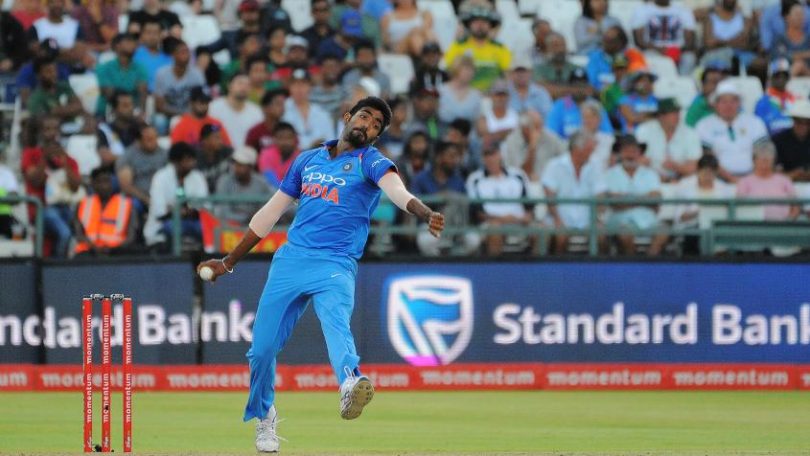asprit Bumrah defended India’s death-bowling abilities, after the team conceded the first Twenty20 International by three wickets, in a last-ball finish in Visakhapatnam.
Australia had reduced the hosts to a below-par 126/7 after 20 overs. At 101/3 in the chase, it seemed like the visitors would easily get past the finish line. India, however, made a stunning comeback, spearheaded by Bumrah. They claimed four wickets in four overs, and the pacer bowled a masterful penultimate over, picking up two wickets and giving away as many runs.
It left Australia with 14 to get off the last over and two off the final delivery. Pat Cummins and Jhye Richardson kept their heads, smashing past Umesh Yadav to cap a thrilling contest.
The result, however, didn’t disturb Bumrah’s equanimity. Shrugging off the final over, he pointed out that it could have gone either way.
“Once you bowl the last over in a close game, it’s 50-50,” he said after the game on Sunday, February 24. “You try your best, you’re always clear in your execution, but some days it works and some days it doesn’t. Nothing to worry about, we wanted to close the game in our favour but it’s ok, it happens. Death bowling is always difficult.”
Australia, the bowler pointed out, had the benefit of knowing what exactly they needed to do on a sluggish surface, while India spent their innings figuring out what a competitive total would be.
“On this wicket, around 140-145 would have been a very good score,” Bumrah reflected. “There was low bounce and it was difficult to hit big shots. We were short by 15-20 runs, but we had a fighting total. I was just focusing on what my strengths are and what the wicket is because the wicket was a little difficult to bat on. It was sluggish.







